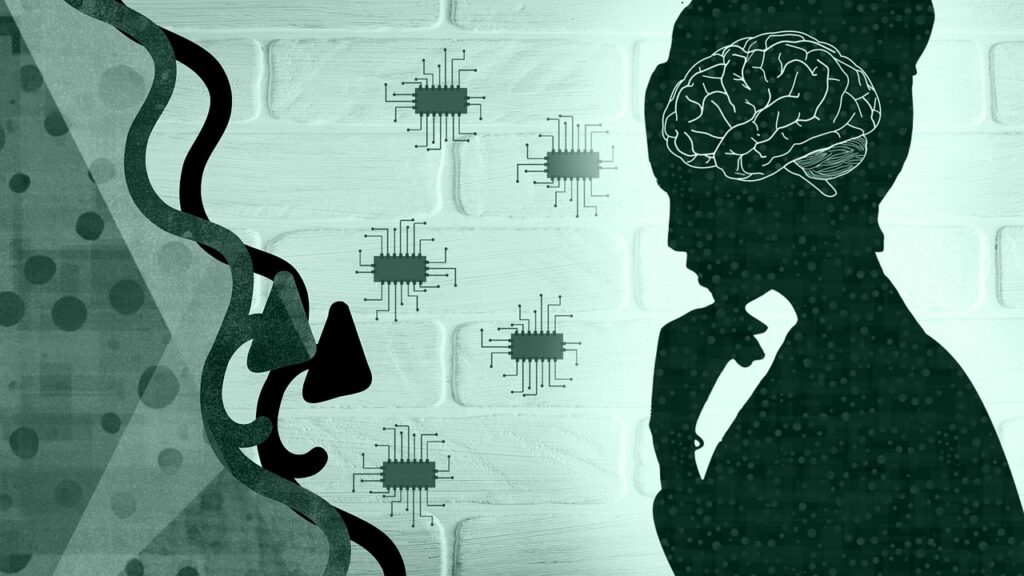The Search for Better ADHD Predictors
For many years, research scientists have had a goal to make the diagnosis of ADHD and other neurodevelopmental disorders more quantifiable and less subjective than the criteria found into the Diagnostic and Statistical Manual (DSM-V). Progress in neuroimaging, coupled with machine learning, are moving that goal closer to clinical reality.
Brain measures can be used to develop key biomarkers (or indicators) for ADHD, including:
- Diagnostic biomarkers – These link a brain structural measure, activity pattern, or conductivity to a particular diagnostic category.
- Pharmacodynamic / response biomarkers – These reveal whether treatment strategies are impacting the intended brain mechanisms, with a potential impact on symptoms and disease severity.
- Prognostic biomarkers – These act as predictors of the development of a phenotype or a comorbid disorder in the future.
- Brain connectivity biomarkers – These highlight specific communication among different brain regions and represent a promising new class of biomarker
The idea is that these biomarkers can aid in areas like the early detection and stratification of ADHD, as well as a better understanding of the diverse manifestations of the disorder, to help improve diagnostic and treatment approaches.
Machine Learning in the Diagnostic Process
More recent studies are now applying machine learning techniques to tease out subtle patterns not easily identified by humans scanning large datasets. Machine learning, also known as deep learning, has been used for years, in fields from engineering to marketing, to analyze massive amounts of data to find hidden patterns or regularities.
The nueroimaging datasets now being accumulated make it possible to apply these same techniques for purposes of finding better diagnostic criteria for disorders such as ADHD.
In some studies, diagnostic accuracy rates using neuroimaging and machine learning are above 90%. Researchers have also used machine learning to help improve traditional assessment tools, e.g., the Adult ADHD Self-Report Scale (ASRS). Neuroimaging, in combination with machine learning, is also being used to help with improving the diagnosis of autism spectrum disorder (ASD).
Toward a Better Diagnosis
Most neuroimaging / machine learning studies are still small in scope. Their acceptance by the larger clinical community will require larger and more comprehensive research programs.
Machine learning algorithms improve when there is more and better data. Researchers, similar to what they have done in the field of genetics, can combine neuroimaging data from multiple studies to build large datasets on which the algorithms can operate.
This improved data should, over time, provide more accurate diagnoses, whether the patient is a child, an adolescent or an adult. And it should remove much of the ambiguity which still surrounds an ADHD diagnosis when symptoms overlap those of other conditions
The use of these tools doesn’t preclude human judgment in the diagnostic process. But it provides better predictions upon which human judgment can operate. And that is the most powerful combination of all.



